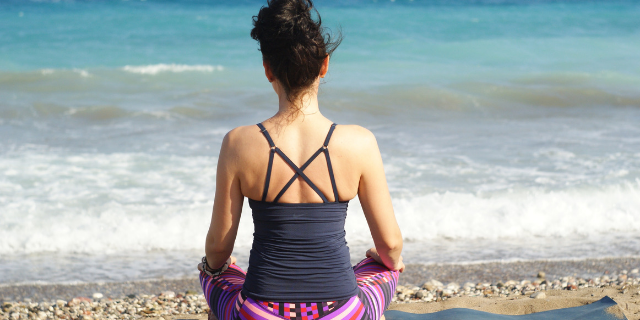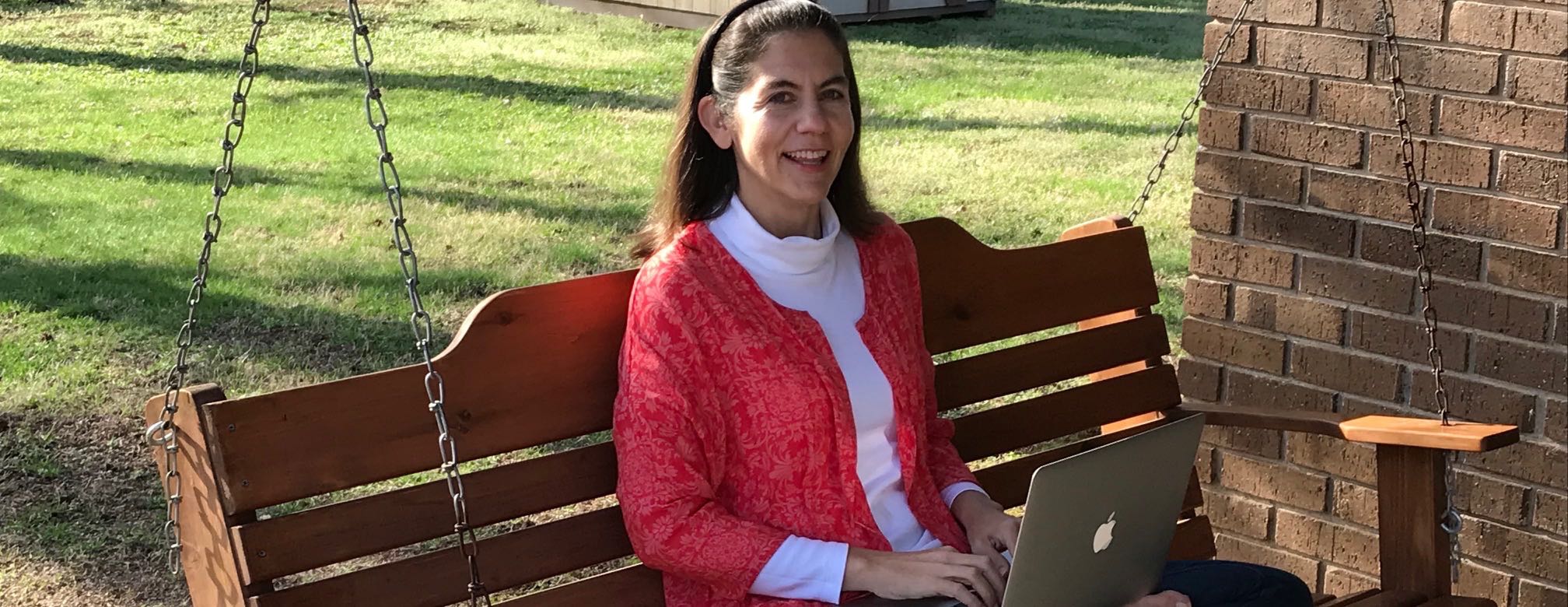
Credit: www.pixaby.com
Yin and Restorative Yoga are two styles of Yoga that you may see offered at your local Yoga studio. You’re probably aware that both of these forms of Yoga are much less physically intense than the traditional Hatha or Vinyasa class, but you may not realise that there are different benefits of each style.
Yin Yoga
The first time I participated in a Yin class I was having a holiday in Ubud Bali and had an unlimited Yoga pass at the Radiantly Alive studio. I spent the week attending two or three classes a day and after a few consecutive days of what I now realise was pushing myself too hard, the description of a Yin class promising ‘passive’ postures in a brochure caught my eye. I had been so active my body was begging for some ‘passive’ therapy.
Yin Yoga was developed in the 1970s and was founded on the principles of Taoism, in particular, the complimentary opposites found in nature; the yin and the yang. Yin is stable and unmoving while yang is forever changing and moving. During a Ying Yoga class, students are on the floor and hold passive stretches for minutes at a time. The aim is to massage the connective tissue in the body, primarily the fascia, the ligaments and tendons.
When I attended that first Yin class in Bali I specifically remember the teacher explaining that although it’s good that more and more people in their later years continue to exercise, we’re forgetting that those muscles we’re toning and bones we’re strengthening are all being held together by connective tissue. Likewise, the connective tissue deserves just as much attention when we consider our physical health and the desire to keep our bodies moving throughout the years.
Restorative Yoga
My first time in a Restorative class, a couple of years later, was at Sukha Mukha, where I did my Yoga teacher training. I had assumed it would be similar to Yin….boy, was I wrong. Restorative Yoga is also passive, but various props are used and you’re essentially practising stillness in a passive posture so the mind is challenged to slow down and allow the whole self to sink into a supported posture (with plenty of props) for an extended time period. I found this harder than meditation!
Restorative Yoga was developed in the 1970s and was derived from the teachings of B.K.S Iyengar, a legendary Yoga master who used props in his Yoga classes. A Restorative class takes place on the floor and you have heaps of props such as multiple blankets, soft pillows, foam blocks, a bolster and even an eye pillow. It’s as if you’ve got enough to build a nest for a little nap.
The teacher helps students get comfortable and propped up so that you can hold the pose for extended periods of time, perhaps five to ten minutes. There is absolutely no discomfort nor breathlessness. Instead, you’re allowing the body to sink into a state of relaxation and hopefully the mind and breath will come along for the ride. I personally find my body and breath are quite content but the mind aspect is my biggest challenge in Restorative Yoga, which means I need it that much more!
Have you tried either of these forms of Yoga? Which one do you prefer? Please share in the comment box below.
